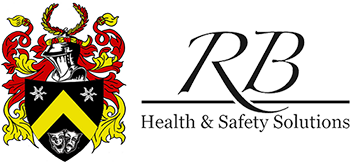Lesson Planning
A lesson plan is a trainer’s guide for a specific course. It provides a general outline of your teaching goals, the course learning objectives and how you plan to accomplish them and details a way of measuring how well the goal was reached. All good trainers have a plan in mind when they deliver a course; this could range from a simple checklist to a formal, detailed, structured, plan. Having a step-by-step outline of your lesson allows you to focus on your delivery and engage your candidates.
Although well-designed lesson plans take time and thought, it's an investment that can provide returns in many ways. New trainers can benefit greatly from having thorough and comprehensive preparation. The planning process allows you to check your own knowledge and organise your thoughts. Writing the plan down can help ensure that key elements aren’t missed or forgotten.
The 5 parts of a Lesson Plan
The 5 parts of a lesson plan differ across resources, websites and trainers, but the most commonly used are listed below.
Lesson Objectives
Before you plan your lesson, you will first need to identify the learning objectives for your course. A learning objective describes what the candidate will know or be able to do after the course, rather than what information will they be exposed to.
Learning Plan
The structure of your session. A step-by-step guide for the lesson itself. As you prepare your learning plan, estimate how much time you will spend on each part of the course. Build in time for extended explanation or discussion, but also be prepared to move on quickly to different areas, and to identify strategies that check for understanding.
The Learners – Previous Knowledge
Identify a training style that is suitable for the candidates past experience and knowledge. Within the group of learners, skill levels may vary so you might consider whether to audit your groups baseline knowledge and skills before you begin your session. If you cannot do that, try to ensure that the teaching method and lesson materials take into account likely variations in knowledge and skill levels.
Resources and Materials
List the resources and materials you’ll need for your course, this includes technology resources such as laptops, projectors and screens. A full comprehensive list of all the equipment you’ll need can act as a checklist for you on the day.
Assessment and Evaluation
Before the course begins (how will you assess baseline knowledge/ understanding of the group)
After the course (how will you assess if learning outcomes were achieved) Provide candidates with the opportunity to show what they have learned, this could be by using a short quiz or test or by continued Q&A
Did you achieve your learning objectives?
Take some time after your course to reflect on what worked well and why, and what you could have done differently. If needed, revise the lesson plan.
